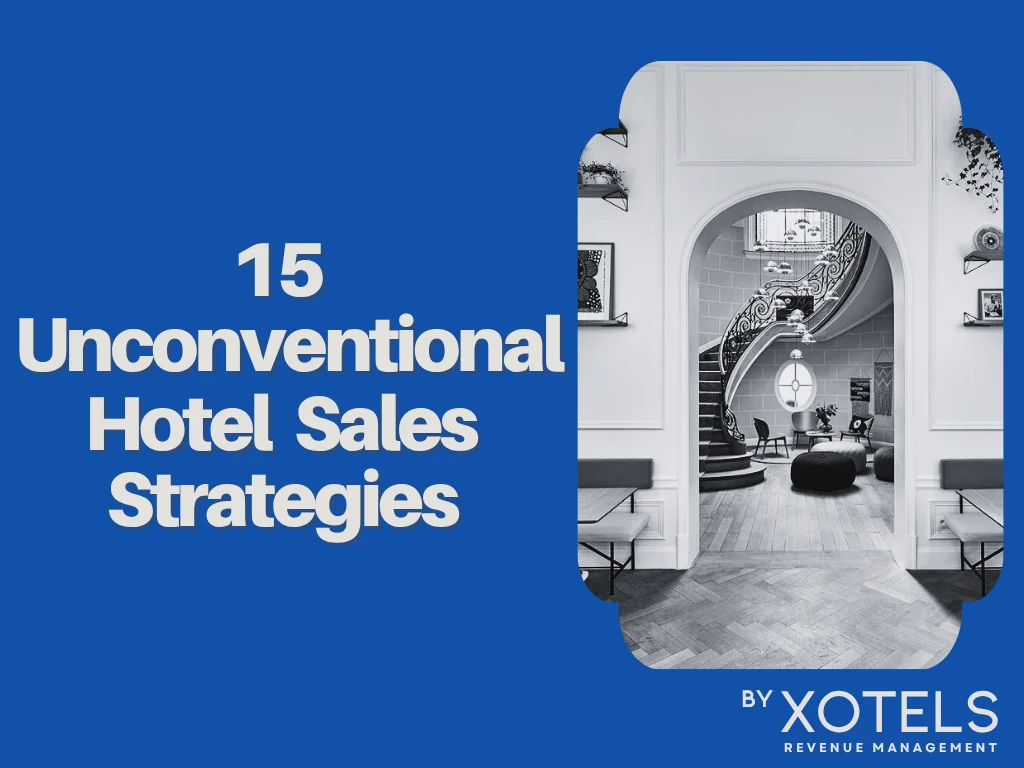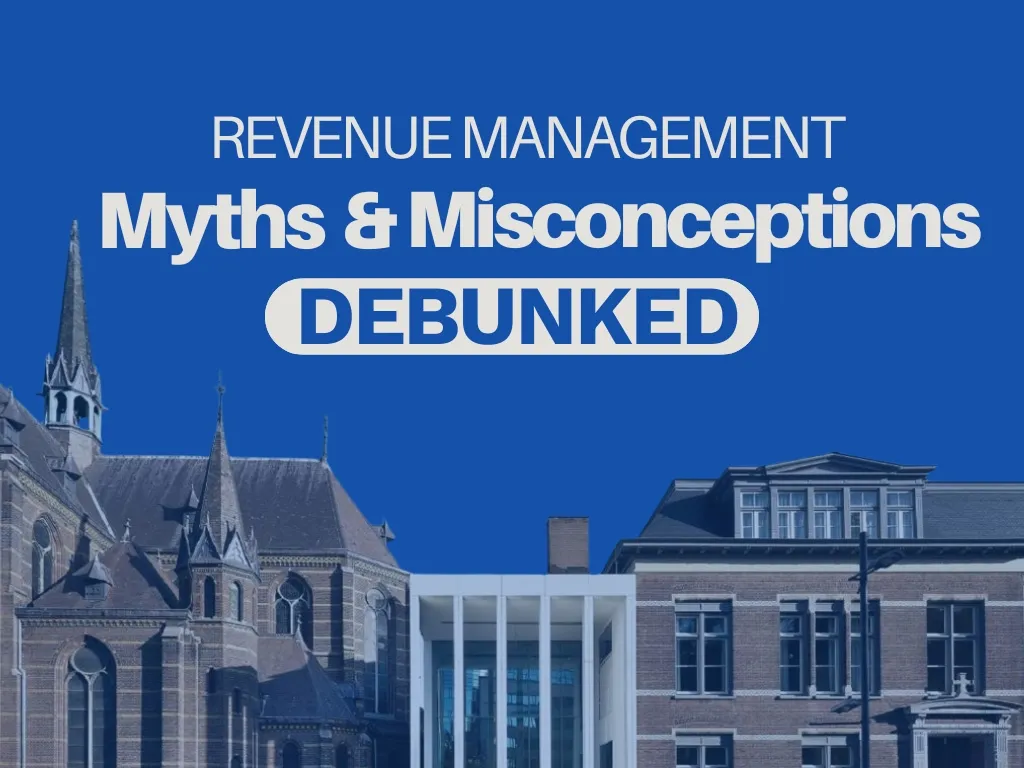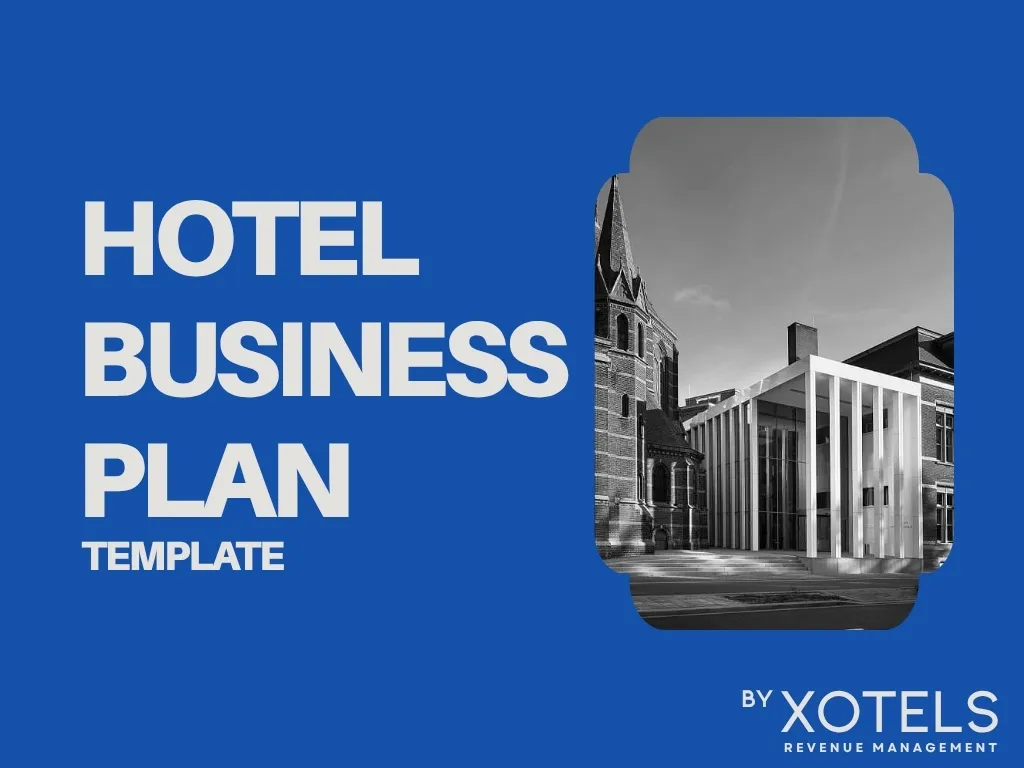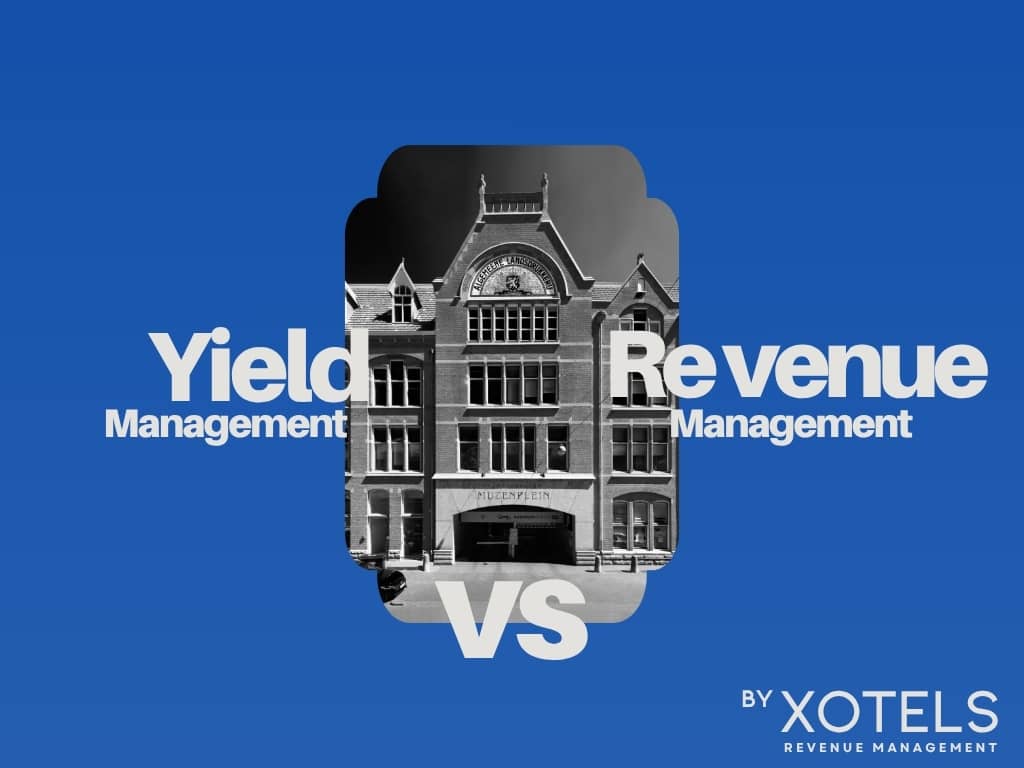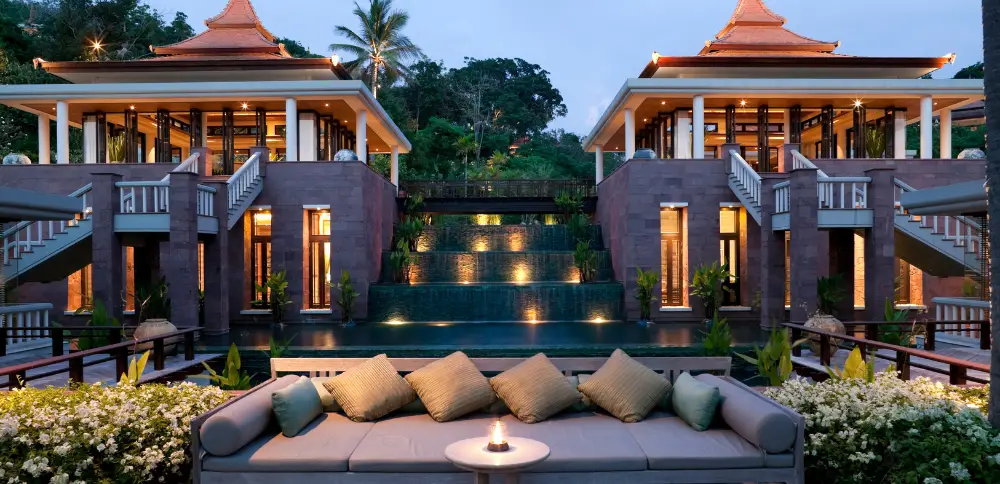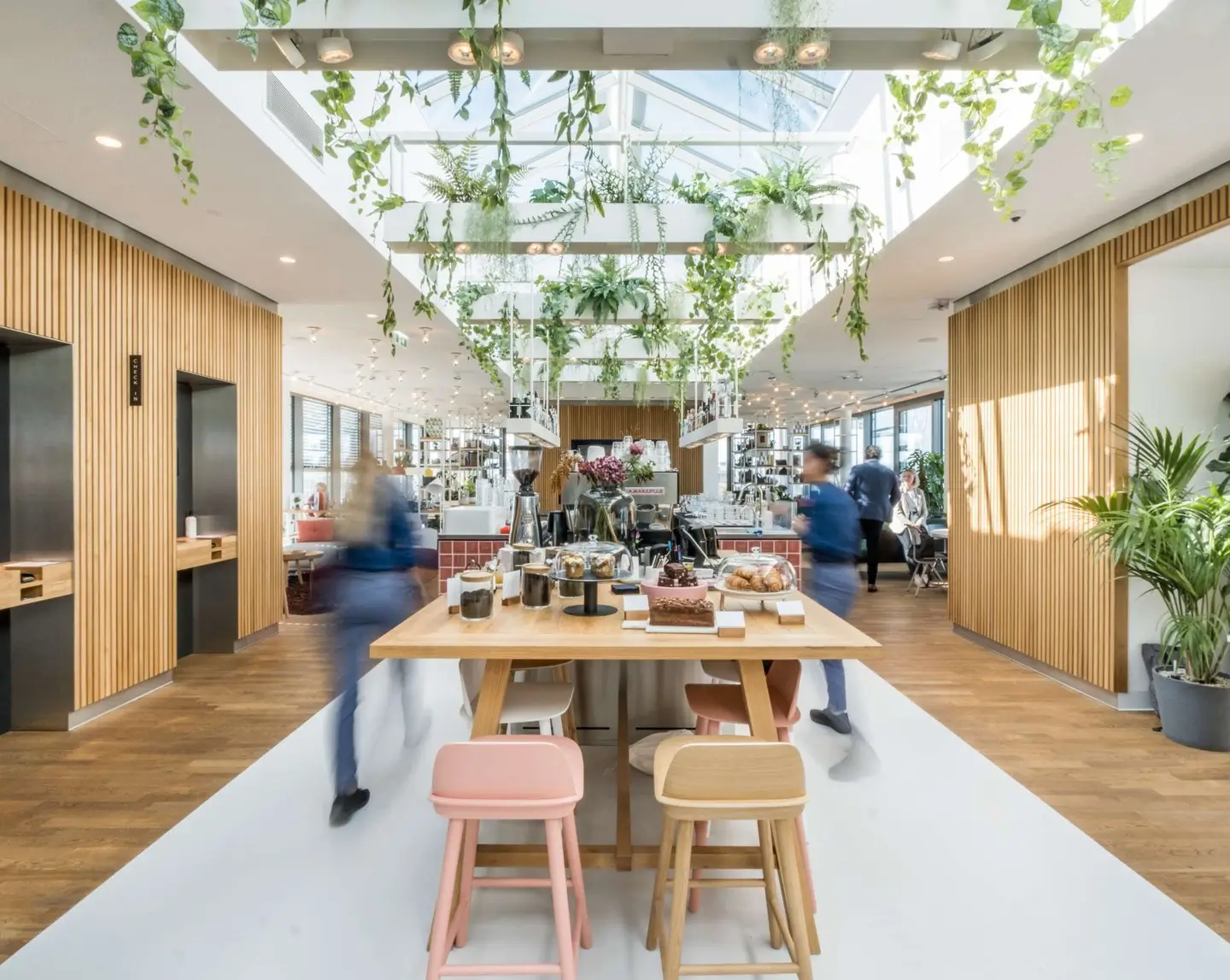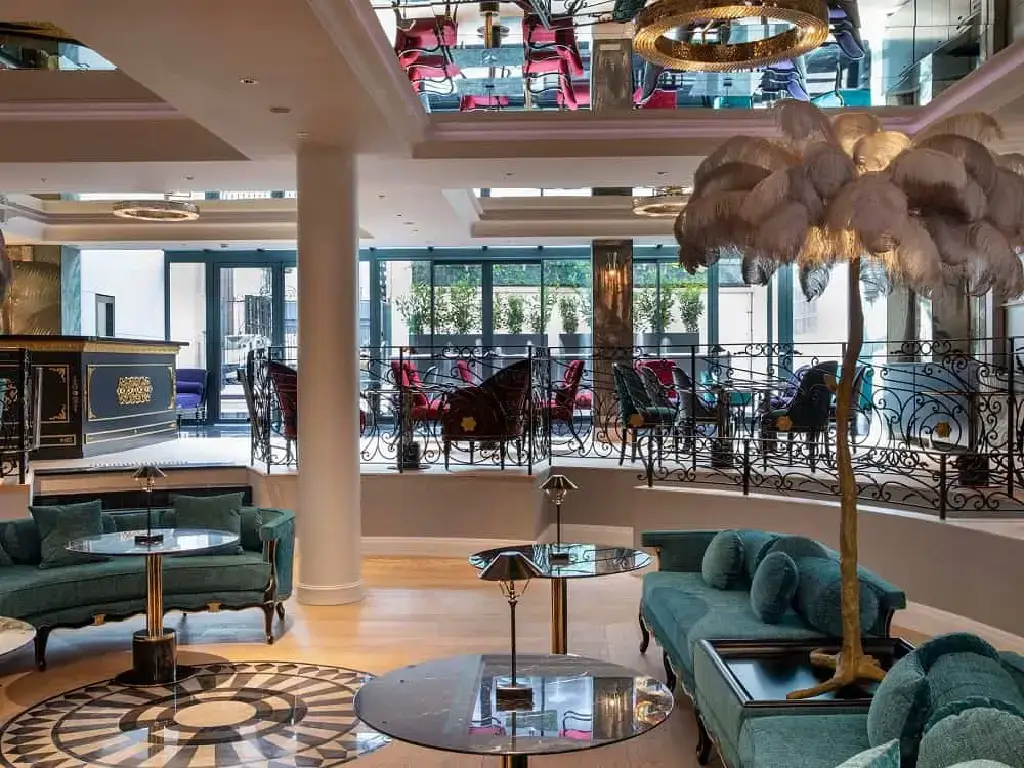Top 10 Best Practices for GDS HOD (hotel description)
Following the reaction to our last blog posting on Standard Rooms, we have spoken to many hoteliers, and browsed the internet, to put together some best practices together for hotels. We have investigated how to best distribute your hotel through Global Distribution Systems like Amadeus, Galileo – Apollo, Sabre and Worldspan. Below you will find some tips and ideas from colleagues on how they are getting the most out of the GDS reservation systems:
The Hotel GDS Description (HOD) acts as your hotel’s electronic brochure. It is quite possibly your hotel’s most important sales tool in the electronic distribution channels. The HOD provides Travel Agents with your property description, hotel amenities and information about local attractions.
Uncover the hidden revenue potential of your hotel
or resort.
Top 10 GDS HOD Tips:
1. General hotel description – Exists of a short and long description. Combined they have a total of 242 characters. The short description contains 2 lines of 47 characters each. Summarize the unique selling points of your hotel. Who should stay at your hotel? For which guest with which particular needs is it suitable. Don’t try to sell to just everyone, but target your potential clients clearly.
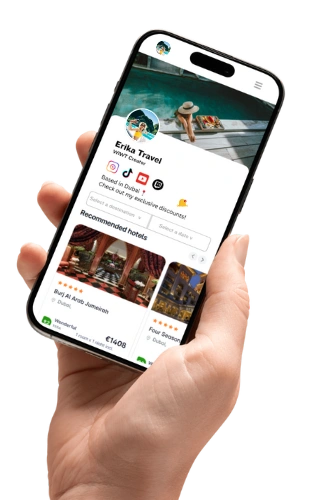

SELL MORE HOTEL ROOMS
SELL MORE HOTEL ROOMS
via the WIWT Affiliate Network.
via the WIWT Affiliate Network.
The long description contains 4 lines of 47 characters each. Don’t copy your short description. Travel Agents and GDSs have asked for these longer, more detailed descriptions to help sell your hotel. Add additional information. Focus on some of the intangible parts of your services and facilities. Mention something that refers to comfort, convenience, or enjoyment.
2. Amenities, Facilities and Services – Make sure they are all listed. It will help travel agents search the GDS for your hotel property. You should give the traveler enough restaurant information to plan dinner for one or a group. Security and safety is also important. Understand the target market and their security needs, especially if you want to attract women travelling for business.
3. Location Information – Describe the hotel’s unique location. But be relevant. If you are in the city center, you aren’t close to the airport. Focus on what you are really close to only.
Make sure your GEO coding, longitude and latitude, is correct. Also index your hotel against any point of interest city and airport close by that may be used by your guests. Please don’t forget the airports with their airport codes.
4. Property Address – Make sure this is correct. Sabre uses the official street address to geo-code the property. So if you don’t have a street number, use 1. This way you will have better visibility and bookability.
5. Driving Directions and Transportation – How do most travelers arrive at your destination? By car, bus, train, plain or boat? Make sure even the most challenged among us can easily find our way to your hotel. List directions from the airport and the stops of the closest public transportation etc.
6. Area Attractions – Mention a few attractions that your guests or tourists visit often in the city. Also list corporate headquarters of large corporations near you to attract corporate travelers. Provide the correct distance and directions. Ask your concierge or front office staff they will know best.
7. Room Type Name – Be creative, differentiate your hotel. Don’t let your be turned into a commodity. You have 30 characters, use it to the fullest! You will find some great ideas here: hotel room types
8. Room Type Description – The amenities should be different depending whether your property is a leisure or corporate hotel. Use the USP’s, unique selling points, of your hotel. It will help increase revenue.
You should include the size of the room (sq m / sq ft). Include what it is free like coffee making facilities, breakfast or fridge. Is there free WIFI or ADSL? Mention special features like, and differentiate your hotel from the competition. Do you have any luxury bathing products, i.e. Aveda, or special bedding like goose feather pillows and duvets. Balconies, large windows and astonishing views should also be mentioned.
Give potential guests and travel agents a good sense of the quality of life the will get away from home.
9. Get Help – You should read some of the descriptions of your competitors. Ask your travel agents what their favorite hotels are, and get a copy of their GDS hotel descriptions. Travel agents look at this every day, so if there is something original, they will be the ones to know. They will be more than willing to point out to you what works well and what doesn’t.
10. Presentation Style – Use full sentences or bullet points. Travel agents prefer a bulleted format, with condensed information, that can be reviewed quickly. The wording should still have a sales style though. Make sure you use the right adjective. This can be very helpful in creating a positive image. For example, 100 guest rooms, doesn’t sound nearly as attractive as 100 renovated, spacious guest rooms and suites.
But as mentioned before it is important to differentiate your property. Focus on the unique selling points, USP’s, of your hotel. Make sure you stand out from the competition. And stay up to date ……
Hope to see some great new HOD, or GDS hotel descriptions, out there in the near future.
Share This Story, Choose Your Platform!
About the Author:
As CEO and Founder of XOTELS, Patrick Landman has made it his mission to turn hotels and resorts into local market leaders. XOTELS´ diverse expertise and deep-knowledge across revenue management consulting, hotel management, and hotel consulting, enables us to drive results for independent boutique hotels, luxury resorts, and innovative lodging concepts. Below you will find opinion articles written by Patrick Landman.


